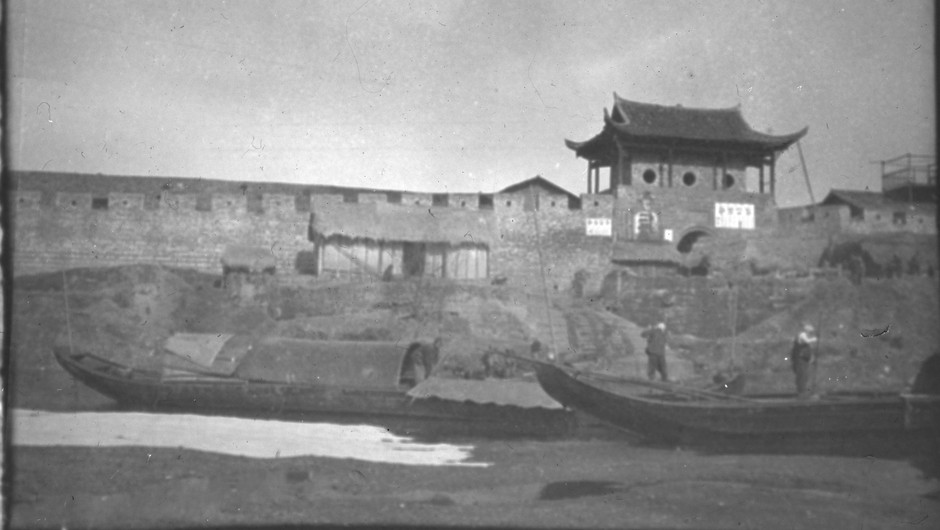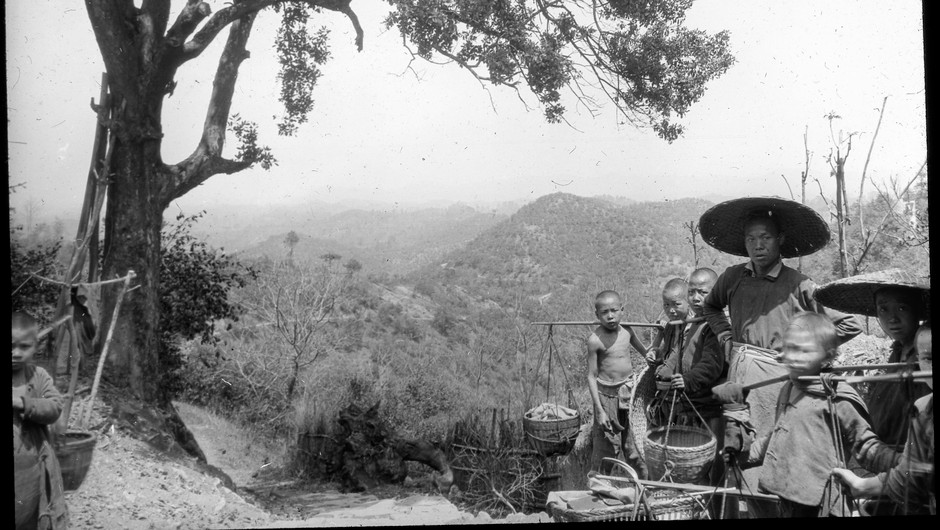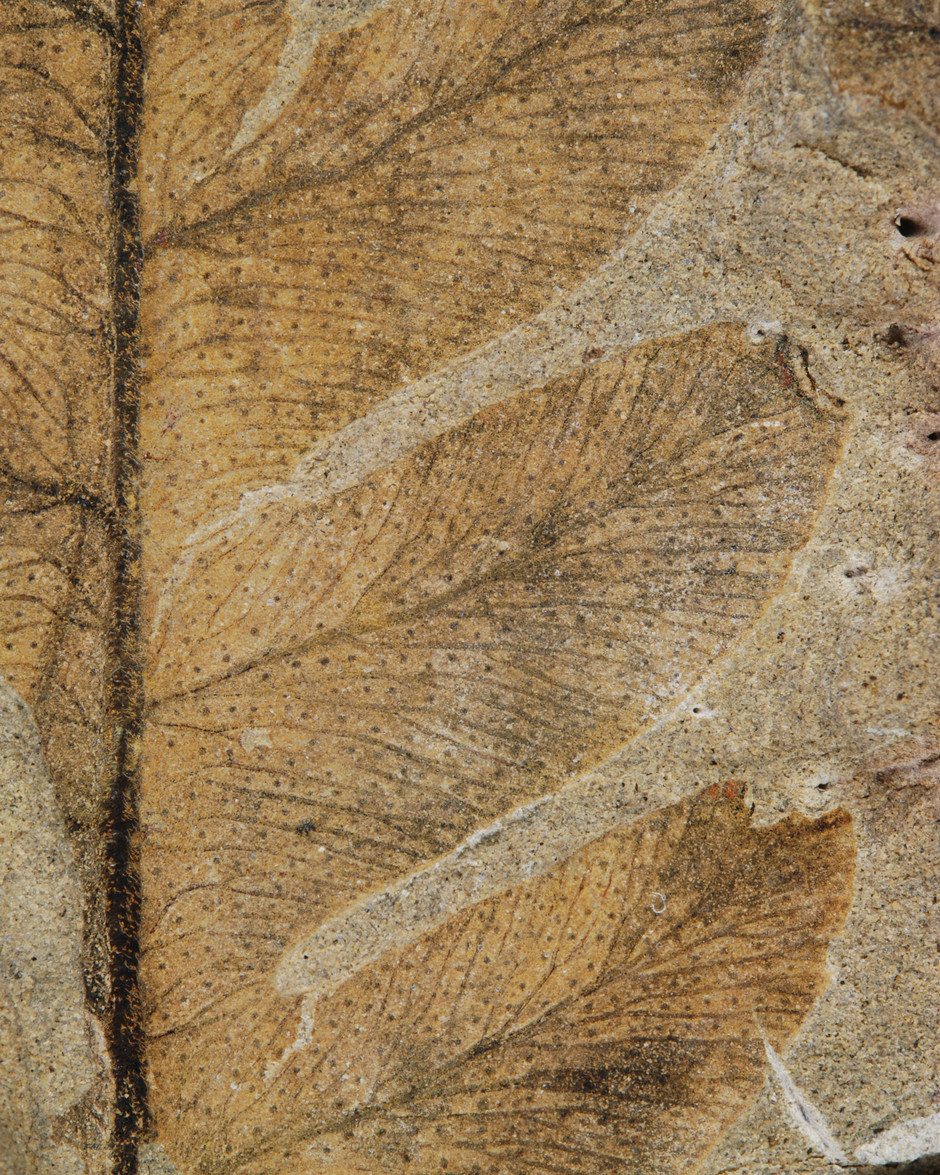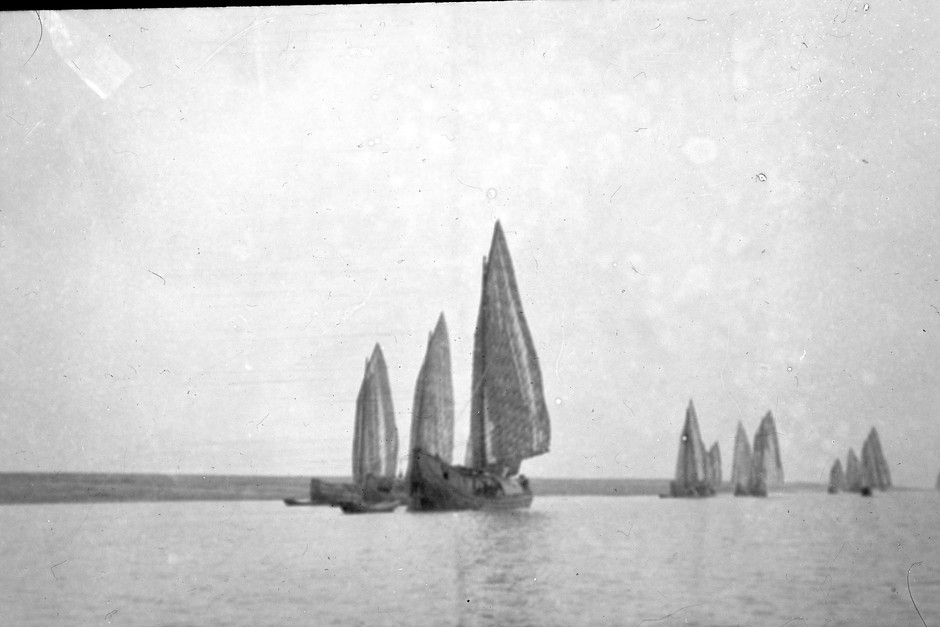Carboniferus and Permian plants of China
The material was mainly collected in the early 1920s on the initiative of Professor Johan Gunnar Andersson (in Sweden called “Kina-Gunnar") and Professor Erik Nyström.

Andersson was employed by the Chinese government in 1914 as an advisor in mining concerns, and Nyström had started a geological institute in Taiyuan. The geology of China was still poorly studied at that time and Andersson soon realised the richness of fossils to be found in China - both animal and plant remains.
Richness of fossils
He travelled around in China on several field excursions collecting fossils and he involved himself in the training of young geologists and assistants in close collaboration with the director of the newly founded Chinese Geological Survey in Beijing, Dr. V. K. Ting.

Andersson wrote so glowingly about the fantastic and interesting fossil finds in China that he finally persuaded Dr. T. G. Halle (later Professor and Head of the Department of Palaeobotany at the Swedish Natural History Museum) to come to China and collect fossil plants.

Alethopteris norinii Halle from Chen-chia-yü, Shanxi. Photo: Anna Lindström
Halle was in China almost a year in 1916-1917 undertaking detailed mapping and collecting large quantities of Palaeozoic and Mesozoic fossils from many localities.
Unfortunate voyage
Unfortunately, all the material Halle collected was lost when the ship sank in the South China Sea on return to Sweden in 1919. Andersson and his assistants worked the following years collecting new material that was successfully shipped to Stockholm, and that is the material we have at hand in the museum´s collections today.

Unfortunately, all the material that had been collected was lost when the ship sank in the South China Sea on return to Sweden in 1919.
In 1921 another Swedish geologist, E. Norin, arrived at Taiyuan in Shanxi on the recommendation of Nyström and Andersson, to more thoroughly study the stratigraphy and determine the age of the sediments around Taiyuan. Norin also collected many plant fossils that were shipped to Stockholm for further study by (now) Professor T. G. Halle. In 1927, Halle published a substantial monograph “Palaeozoic Plants from Central Shansi ", which is one of the most important publications in the paleobotanical research from that time.

